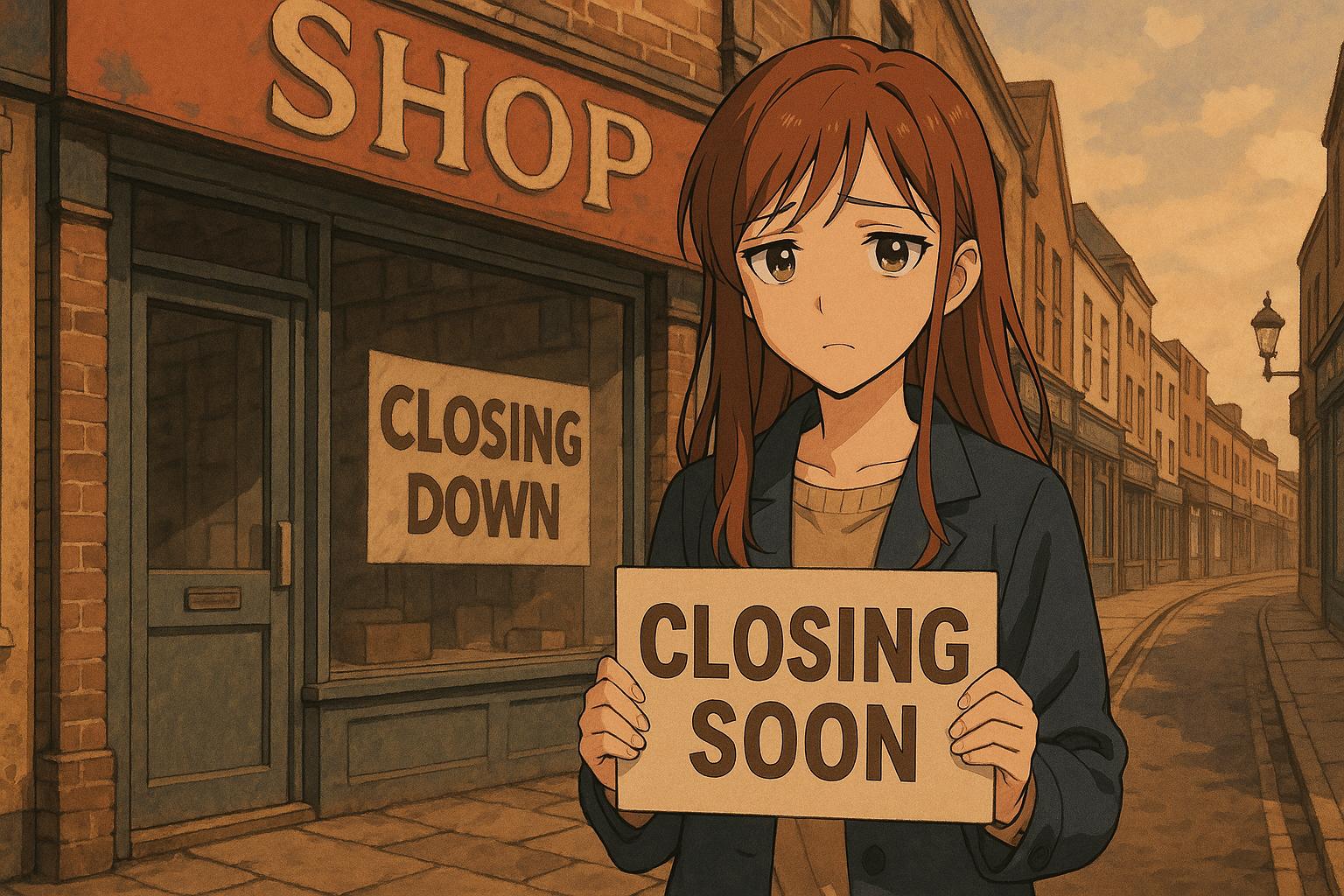Superdrug, a well-known fixture in the UK retail landscape, is set to close its store in Grantham after more than four decades of continuous service, with the closure scheduled for 9 August. The decision has sparked a wave of disappointment among local customers, many of whom took to social media to express their concerns about the town's declining retail environment. Comments ranged from “This town is dying” to “Grantham will have nothing soon,” reflecting a broader unease about the future of local high streets.
The Grantham store closure is not an isolated incident but part of a troubling trend affecting the entire retail sector. Recent findings from the Centre for Retail Research (CRR) indicate that the UK could see around 17,350 retail closures in 2025, building on the already significant losses endured in 2024, where approximately 13,000 shops shut their doors—a staggering increase of 28% compared to the previous year. Professor Joshua Bamfield, director of the CRR, highlighted the precarious state of retail, suggesting that with rising operational costs and decreasing consumer disposable income, job losses in the sector may soon surpass the levels witnessed during the peak of the pandemic.
Superdrug did not provide specific reasons for the Grantham store's closure but did extend thanks to its customers for their loyalty. According to the company, all employees affected by the closure will receive individual consultations regarding potential opportunities within the larger business, offering some semblance of support during this transition.
The challenges faced by retailers like Superdrug are exacerbated by broader economic conditions. Increased business costs—stemming from government measures such as higher National Living Wages, enhanced employer National Insurance contributions, and rising business rates—are making it increasingly difficult for many shops to remain viable. A report from PwC corroborates this view, indicating that these financial pressures will likely accelerate the rate of closures in the coming years, causing further disturbances in the high street landscape.
Interestingly, while high streets struggle, there is a contrasting trend emerging in retail parks and out-of-town shopping centres, which have seen fewer closures and even some new openings. This shift suggests that consumers are favouring locations that offer convenience and accessibility, a trend that further complicates the future for traditional high street retailers.
The ongoing retail crisis highlights a fundamental shift in consumer behaviour, preferences fuelled by the rise of e-commerce, and the swift changes in the economic landscape. As expected store closures loom on the horizon, many retailers might need to reevaluate their strategies to survive in an increasingly competitive and challenging market.
With Grantham's Superdrug closing, the emotional reactions reflect not only a loss of a local shopping option but echo a broader narrative of change and uncertainty facing towns across the UK. The future of these high streets, once bustling with shoppers, now teeters on the edge as both businesses and consumers navigate this tumultuous period.
Reference Map
- Paragraph 1: Information from lead article
- Paragraph 2: Information from lead article and summaries (2), (3)
- Paragraph 3: Information from lead article
- Paragraph 4: Information from summaries (3), (4)
- Paragraph 5: Information from summaries (3), (6)
- Paragraph 6: Information from summaries (3), (7)
- Paragraph 7: Information from lead article and summaries (2), (4)
Source: Noah Wire Services
